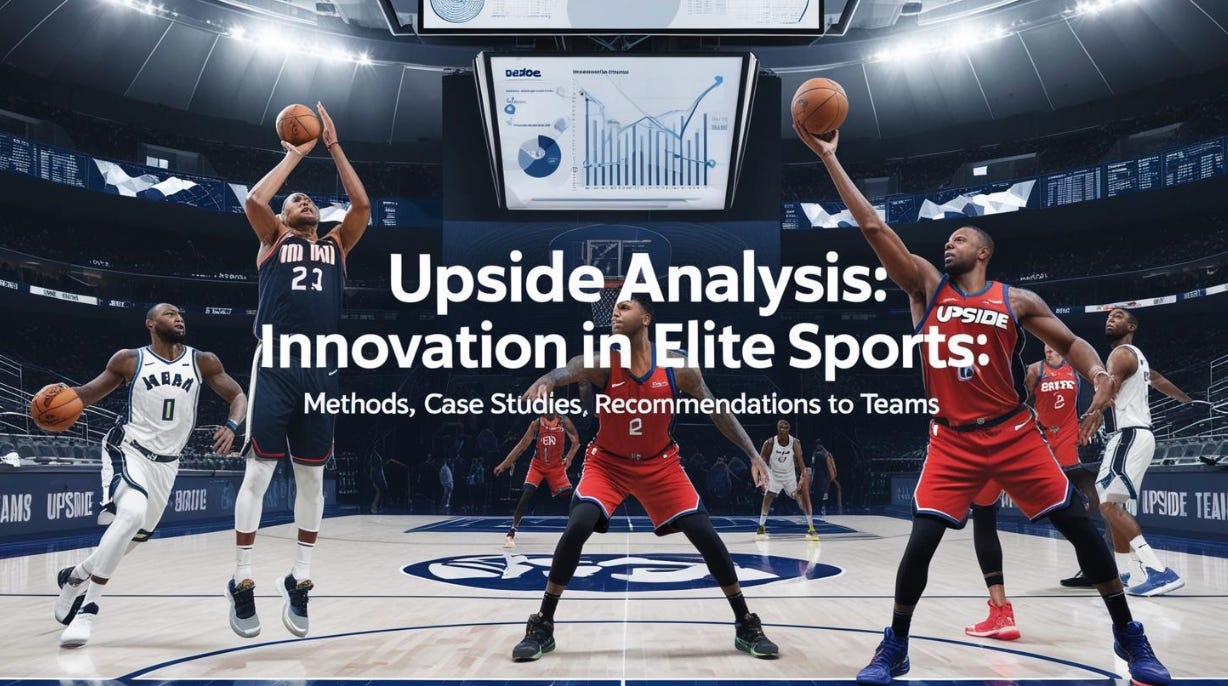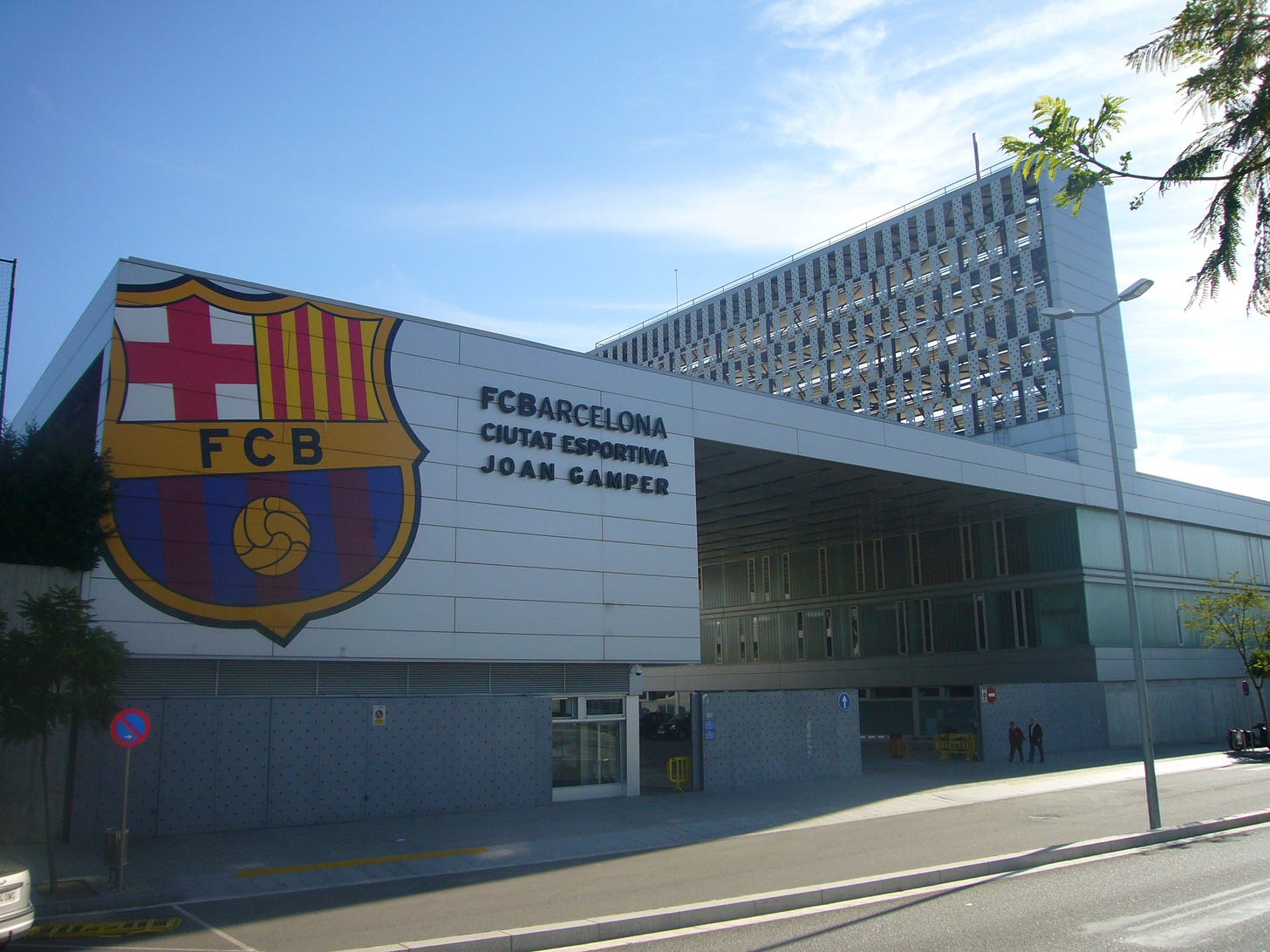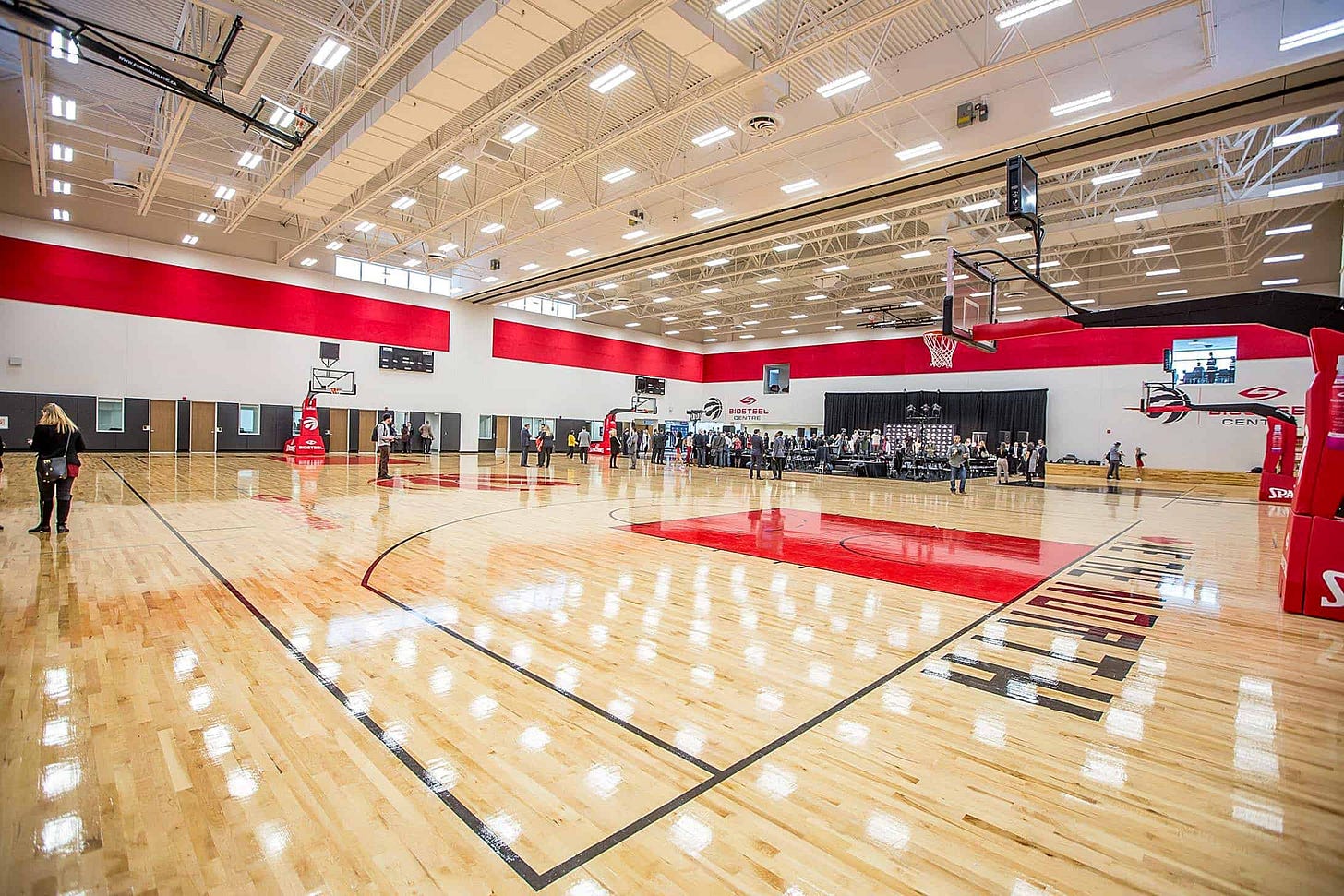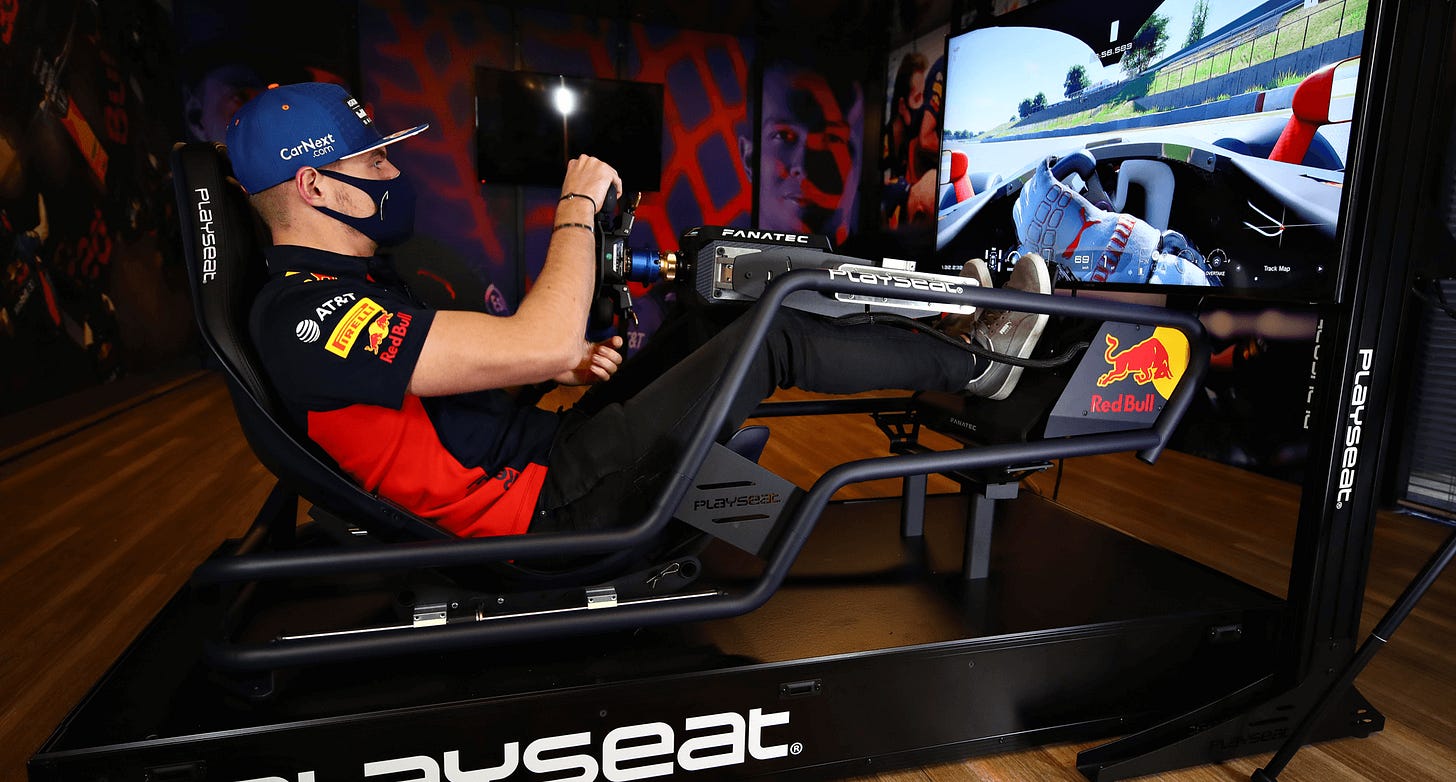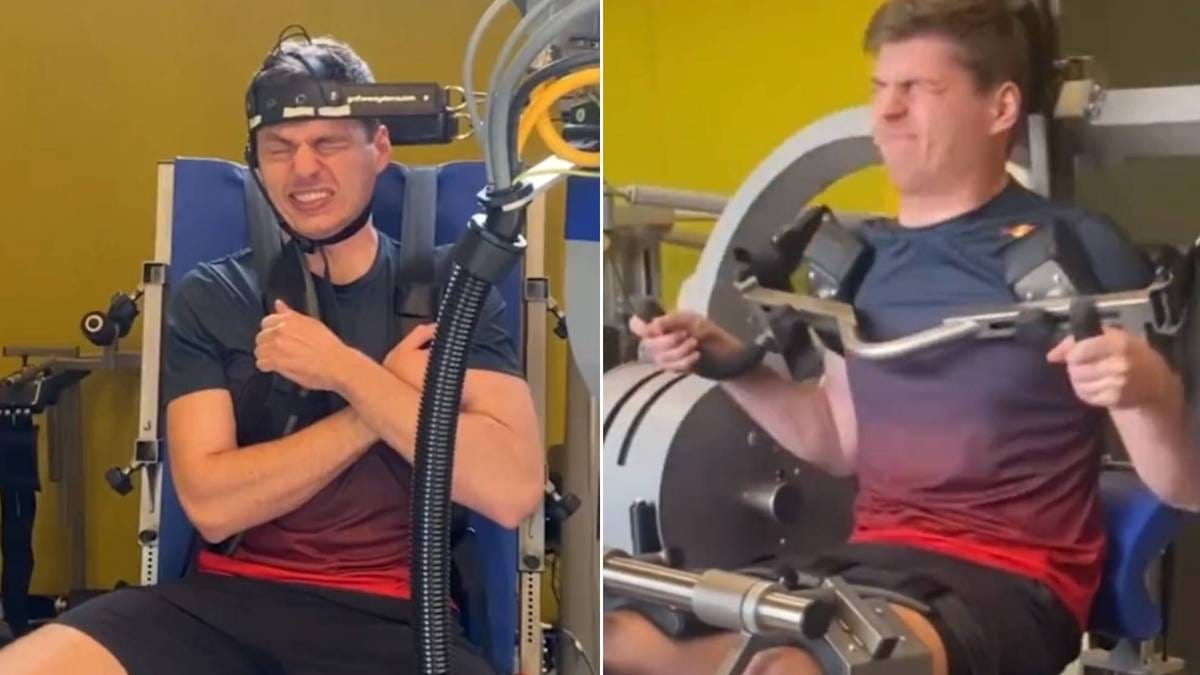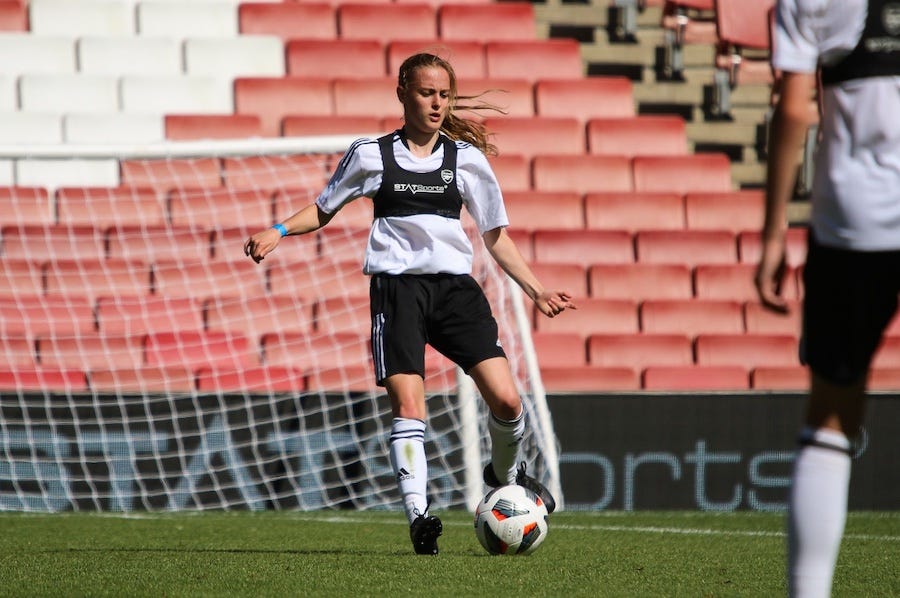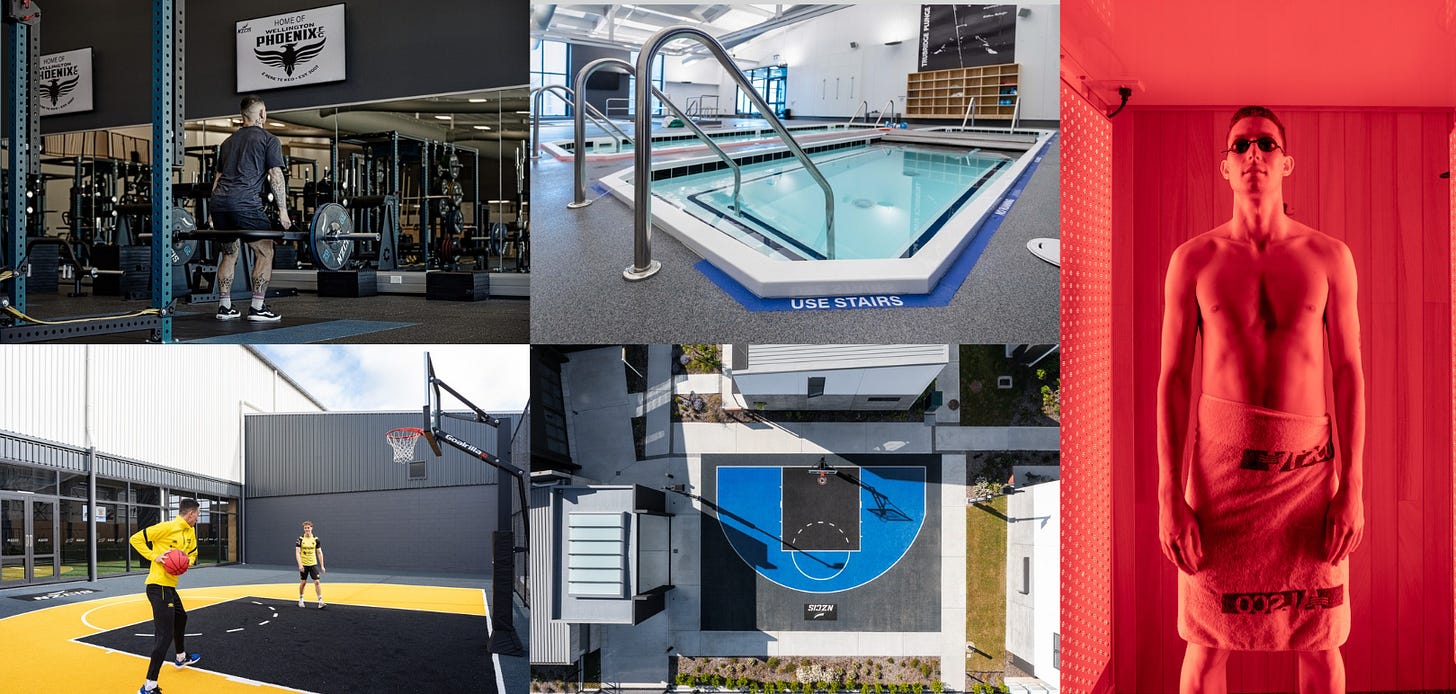📚 Upside Analysis: Innovation in Elite Sports: Methods, Case Studies, Recommendations to Teams
Innovation in elite sports has evolved into a core strategic pillar for competitive advantage, athlete performance optimization, injury prevention, and fan engagement. As the margins between victory and defeat become increasingly narrow, teams, athletes, and organizations are leveraging advanced technologies and refining processes to gain an edge. What was once considered supplementary—like data analytics or wearable tech—is now central to how elite sports operate. This analysis explores the key pathways through which innovation is introduced and scaled in elite sports, focusing on both technological and process-driven strategies.
Various Methods to Innovate in Elite Sports
Innovation in elite sports typically unfolds across two dominant fronts: technological innovation and process innovation. Both are interdependent and often co-evolve.
1. Technological Innovation
Technological innovations are at the forefront of performance enhancement, monitoring, and fan experience. These innovations often emerge from cross-industry collaboration with startups, academic research, and high-performance labs.
a. Wearable Technology & Biosensors
Purpose: Monitor real-time physiological data (e.g., heart rate, sleep quality, hydration, oxygen saturation).
Examples: WHOOP, Catapult, Oura Ring, OxiWear.
Impact: Enables individualized training loads, recovery monitoring, and early injury detection.
b. Motion Capture & Biomechanical Analysis
Purpose: Enhance movement efficiency, reduce injury risk, and perfect technical execution.
Examples: Quantum Movement, Kinvent, Vicon, Simi Motion, KinetikIQ, 3D Dartfish.
Impact: Used in return-to-play protocols, sprint mechanics correction, and skill acquisition.
c. Resistance and Load Monitoring Devices
Purpose: Precisely control and measure resistance during strength and rehab training.
Examples: 1080 Motion, FLO Technology, OHM, Aris, Voltra.
Impact: Facilitates data-driven training, especially in eccentric loading and neuromuscular control.
d. AI & Machine Learning
Purpose: Predict injuries, customize training, and analyze tactical patterns.
Examples: Orreco, Action Apps.
Impact: Coaches and performance teams can make informed decisions with probabilistic insights.
e. VR/AR & Immersive Tech
Purpose: Mental training, cognitive load management, simulation-based rehab.
Examples: Rezzil, STRIVR.
Impact: Used in cognitive performance training, tactical rehearsals, and return-to-play simulations.
f. Sleep, Recovery & Regeneration Tools
Purpose: Enhance recovery to maintain peak performance.
Examples: NormaTec, Hyperice, SleepScore, Eight Sleep, NuCalm.
Impact: Recovery protocols are becoming as individualized as training programs.
2. Process Innovation
While technology grabs the headlines, process innovation underpins its successful deployment. This involves new methodologies, organizational structures, interdisciplinary collaboration, and decision-making systems.
a. Interdisciplinary Collaboration
What It Is: Performance, medical, coaching, nutrition, and psychology teams working in an integrated model.
Why It Matters: Breaks silos, promotes a unified strategy toward athlete development and wellness.
b. Data-Informed Decision Making
What It Is: Using data not just for post-game analysis but for real-time and anticipatory decision-making.
Why It Matters: Shifts the culture from intuition-based coaching to evidence-based programming.
c. Periodization & Load Management
What It Is: Tailoring training and competition schedules to maximize peak performance while minimizing injury risk.
Why It Matters: Reduces overtraining and burnout; supports long-term development.
d. Athlete-Centered Design
What It Is: Involving athletes in designing their own recovery and performance plans.
Why It Matters: Improves adherence, trust, and engagement.
e. Rapid Prototyping & Experimentation
What It Is: Piloting new devices, protocols, or methods before scaling.
Why It Matters: Encourages low-risk experimentation, adaptability, and learning.
f. Talent Development & Coach Education
What It Is: Training coaches and practitioners in new tools, methods, and communication styles.
Why It Matters: Sustains innovation by developing a culture that embraces learning.
Examples of Innovation in Professional Teams
⚽ FC Barcelona
Innovation: FC Barcelona is leveraging 3D motion capture and neuromuscular profiling at its youth academy, La Masia, and first team to enhance player development, reduce injury risk, and maintain its distinctive tactical identity. This data-driven approach allows for personalized training programs, early identification of injury risks, and a deeper understanding of player biomechanics
Impact: Enhanced player development, reduced injury risk, preserved tactical identity.
Picture: Barcelona fc’s performance center
🏀 Toronto Raptors (NBA)
Innovation: The Toronto Raptors' innovative use of Fatigue Science and WHOOP to optimize sleep and recovery played a crucial role in their 2019 NBA Championship victory.
Picture: The Toronto Raptors' OVO Athletic Centre (Toronto Raptors’ performance center)
1. Fatigue Science and Sleep Optimization:
The Raptors implemented Fatigue Science, likely utilizing wearable technology and data analysis to monitor player fatigue levels and sleep patterns.
By understanding individual sleep needs and travel fatigue, the team could tailor rest and recovery protocols for each player.
This approach helped minimize the negative impact of travel and demanding schedules on player performance.
2. WHOOP and Performance Management:
The Raptors also integrated WHOOP, a wearable fitness tracker that continuously monitors physiological data like heart rate variability, sleep, and strain.
WHOOP provided insights into player recovery, allowing coaches and trainers to make data-driven decisions about training intensity and rest periods.
3. Positive Impact on Player Readiness and Performance:
The combination of Fatigue Science and WHOOP helped the Raptors optimize player readiness throughout the season and playoffs.
By prioritizing sleep and recovery, players could perform at their best, reducing the risk of injury and improving on-court effectiveness.
This ultimately contributed to the Raptors' historic 2019 NBA Championship run.
In essence, the Toronto Raptors' investment in innovative technologies like Fatigue Science and WHOOP demonstrates the growing importance of data-driven approaches to player performance and well-being in professional sports
Impact: Reduced travel fatigue, improved player readiness, contributed to 2019 NBA Championship.
🏈 San Francisco 49ers (NFL)
Innovation: The San Francisco 49ers have demonstrated a commitment to player health and performance through the creation of an integrated Human Performance Department.
The 49ers have established a dedicated Human Performance Department, bringing together various disciplines focused on optimizing player health and performance.
This integrated approach encompasses sports medicine, strength and conditioning, player rehabilitation, functional performance, and nutrition, all under the leadership of the Vice President of Player Health and Performance.
Dustin Perry, who previously served as the team's head strength and conditioning coach, was appointed to this position in April 2025.
Picture: SF 49ers’ Performance center
Impact:
Lowered Injury Rates: By taking a holistic and proactive approach to player health, the integrated department aims to reduce the incidence of injuries.
Increased Player Trust: Integrating different aspects of player health and performance under one department can build trust and confidence among players, as they see a cohesive and coordinated approach to their well-being.
Streamlined Return-to-Play Protocols: A unified Human Performance Department can ensure smoother and more efficient return-to-play processes for injured players, optimizing their recovery and reintegration into the team.
Overall, the San Francisco 49ers' integrated Human Performance Department represents a forward-thinking approach to player care, focusing on injury prevention, performance optimization, and streamlined rehabilitation processes.
🏎️ Red Bull Racing (F1)
Innovation: Red Bull Racing's innovation of combining F1 simulators with cognitive and neuro-tracking tools has significantly impacted driver performance and team success, leading to improved focus, reduced errors, and ultimately, championship wins. This approach has also had a broader positive impact on driver well-being, evidenced by lower injury rates, increased trust, and streamlined return-to-play protocols.
Picture: Max Verstappen (Red Bull F1 driver) using the F1 simulator
Picture: Max Verstappen (Red Bull F1 driver) using a neck training system.
Here's a more detailed look at the impact:
Driver Performance & Focus:
Enhanced Focus: By combining advanced simulators with cognitive and neuro-tracking tools, Red Bull Racing can better understand and improve driver focus and reaction times under pressure.
Minimized Errors: This holistic approach helps identify and address areas where drivers might be prone to mistakes, leading to fewer errors and a more consistent performance.
Championship Success: Red Bull Racing's commitment to this innovative approach has directly contributed to their success in securing multiple F1 championships.
Driver Well-being:
Lower Injury Rates: The use of simulations and data analysis helps identify potential risks and vulnerabilities, leading to proactive measures that minimize injury risks.
Increased Trust: By providing drivers with a safe and supportive environment, and by leveraging technology to optimize training and performance, trust between the team and the drivers is strengthened.
Streamlined Return-to-Play Protocols:
The data-driven approach also helps to develop more effective and efficient return-to-play protocols in case of injuries, ensuring drivers can quickly and safely return to competition.
Overall Impact:
Competitive Advantage:
This innovative approach gives Red Bull Racing a significant competitive edge over other F1 teams, as it allows them to optimize driver performance and minimize risks.
Data-Driven Decision Making:
The team leverages data from simulations and neuro-tracking to make informed decisions about driver training, race strategy, and vehicle development.
Continuous Improvement:
By continuously analyzing and refining their approach, Red Bull Racing is able to push the boundaries of F1 technology and performance.
⚽ US Women’s National Soccer Team (USWNT)
Innovation: The USWNT has been a global leader in integrating sports science with athlete-centered technology, particularly in the domains of wearable recovery tracking and individualized hormonal monitoring. Leveraging tools such as GPS wearables, sleep trackers, and menstrual cycle apps, the team has prioritized a data-driven understanding of each athlete’s recovery needs. In collaboration with performance scientists and medical staff, USWNT players receive tailored training adjustments based on real-time biometrics, recovery scores, and hormonal fluctuations, ensuring that protocols respect and respond to the unique physiology of each player.
Picture: US Women national soccer team’s training facility
Impact: This holistic and proactive approach has led to enhanced athlete readiness, reduced injury rates, and more consistent peak performance during congested tournament schedules. Just as importantly, it has elevated the role of athlete feedback and autonomy, with players having direct input into their recovery plans and training modifications. The USWNT’s commitment to personalization and female-specific data has set a new global benchmark for how elite women's teams can leverage innovation to support longevity, resilience, and high performance.
Picture: US Women soccer player using a GPS system to track load.
🏉 New Zealand All Blacks (Rugby)
Innovation: The All Blacks, New Zealand's rugby team, have achieved sustained success by integrating mental skills training, leadership development, and biometric data analysis. This has led to a culture of long-term success, consistent values, and empowered athletes.
Detailed Explanation:
Innovation:
The All Blacks have been at the forefront of integrating mental skills coaching, leadership development programs, and using biometric data to track player performance and recovery.
Mental Skills:
They focus on developing mental resilience, managing pressure, and fostering a culture of vulnerability and emotional intelligence among players.
Leadership Development:
The All Blacks have implemented programs to develop leaders within the team, empowering players to take ownership and contribute to team goals.
Biometric Data:
They utilize wearable technology and data analysis to track player performance, identify areas for improvement, and optimize training and recovery.
Impact:
Long-Term Success: The All Blacks' consistent approach to building a strong team culture and developing talent has resulted in a sustained period of success, including multiple Rugby World Cup wins.
Cultural Consistency: The All Blacks have a strong team culture based on shared values, including a commitment to excellence, teamwork, and humility.
Athlete Ownership: Empowering players and fostering a culture of ownership has led to increased engagement and a sense of responsibility among the players.
NZCIS is home to top professional sports teams, including the All Blacks, Black Ferns, Phoenix Football, and Hurricanes Rugby (both men’s and women’s). Recently, we have built a state-of-the-art facility and are focused on strengthening international collaborations, particularly in areas like sports media, fan engagement, human performance, education, and marketing.
Pictures: NZCIS
Here is a quick video showcasing the NZCIS facility:
Recommendations to Teams
Start with Culture, Not Technology
Establish a team-wide culture of curiosity, collaboration, and openness to experimentation. Innovation succeeds when athletes and staff trust and believe in the process.
Invest in Education and Upskilling
Train coaches, analysts, and medical staff to work with new tools and methodologies. Continued education ensures long-term sustainability of innovation.
Prioritize Interdisciplinary Integration
Encourage seamless communication between performance, medical, technical, and data staff. Consider building integrated departments or decision-making pods.
Pilot Before You Scale
Test new technologies or processes in controlled environments before implementing organization-wide. This allows for context-specific adjustments and staff buy-in.
Involve Athletes in the Process
Athlete engagement is crucial. Solicit feedback regularly, tailor solutions to individual needs, and build trust through transparency.
Focus on Long-Term Gains Over Short-Term Wins
Avoid fads. Focus on innovations that align with long-term athlete health, performance sustainability, and organizational strategy.
Leverage External Partnerships
Collaborate with academic institutions, startups, and other sports organizations to co-develop and validate solutions.
Measure ROI and Impact
Establish clear metrics for success: injury rates, performance KPIs, return-to-play timelines, player availability, and subjective wellness.
Conclusion
Innovation in elite sports is no longer a luxury—it is a necessity. As technologies advance and performance gaps shrink, the ability to integrate cutting-edge tools and modernize operational processes is central to success. Whether it's through biometric sensors or cross-disciplinary collaboration, the most successful sports organizations are those that see innovation as a continuous, strategic journey—not a one-off intervention. The future of sport will belong to those who can combine precision technology, process excellence, and human insight into a seamless system of high performance.
You may also like:

